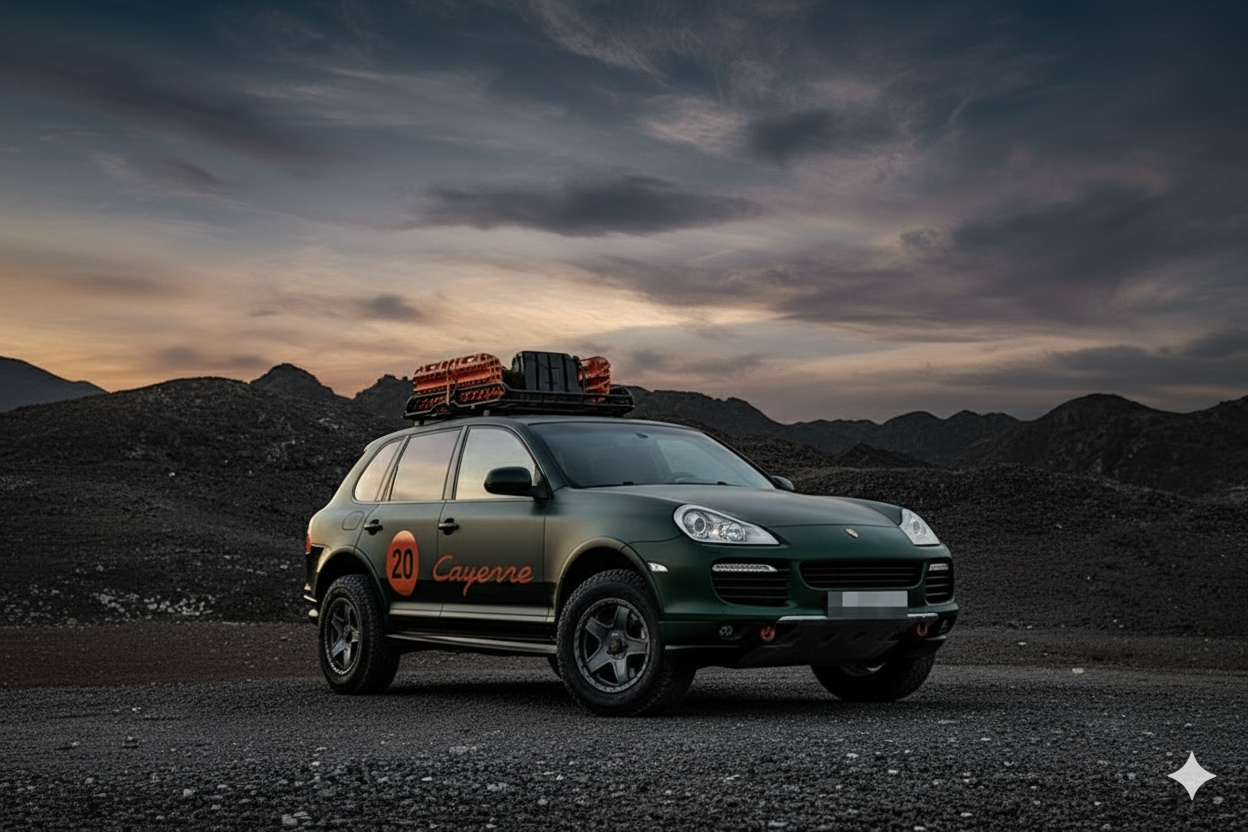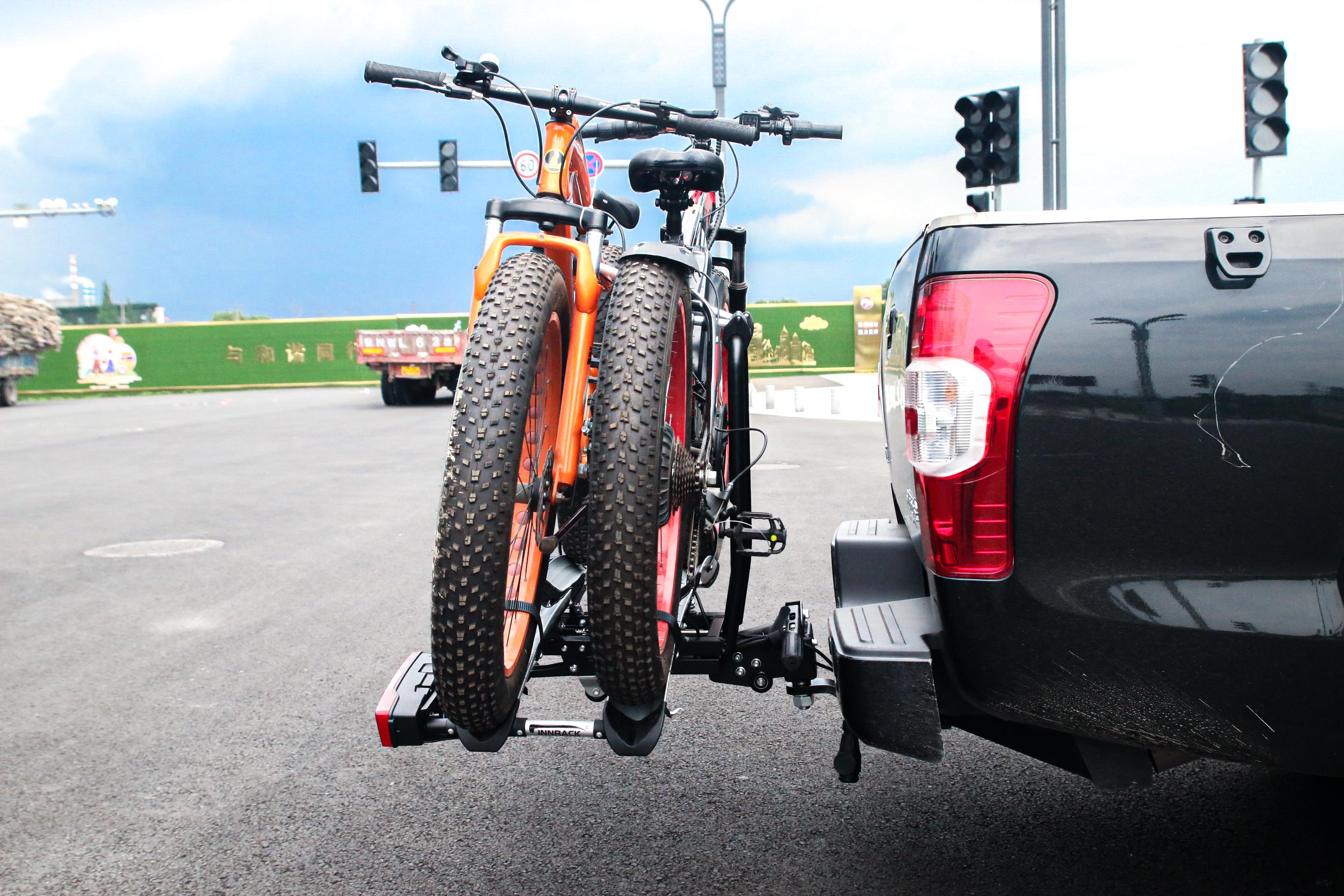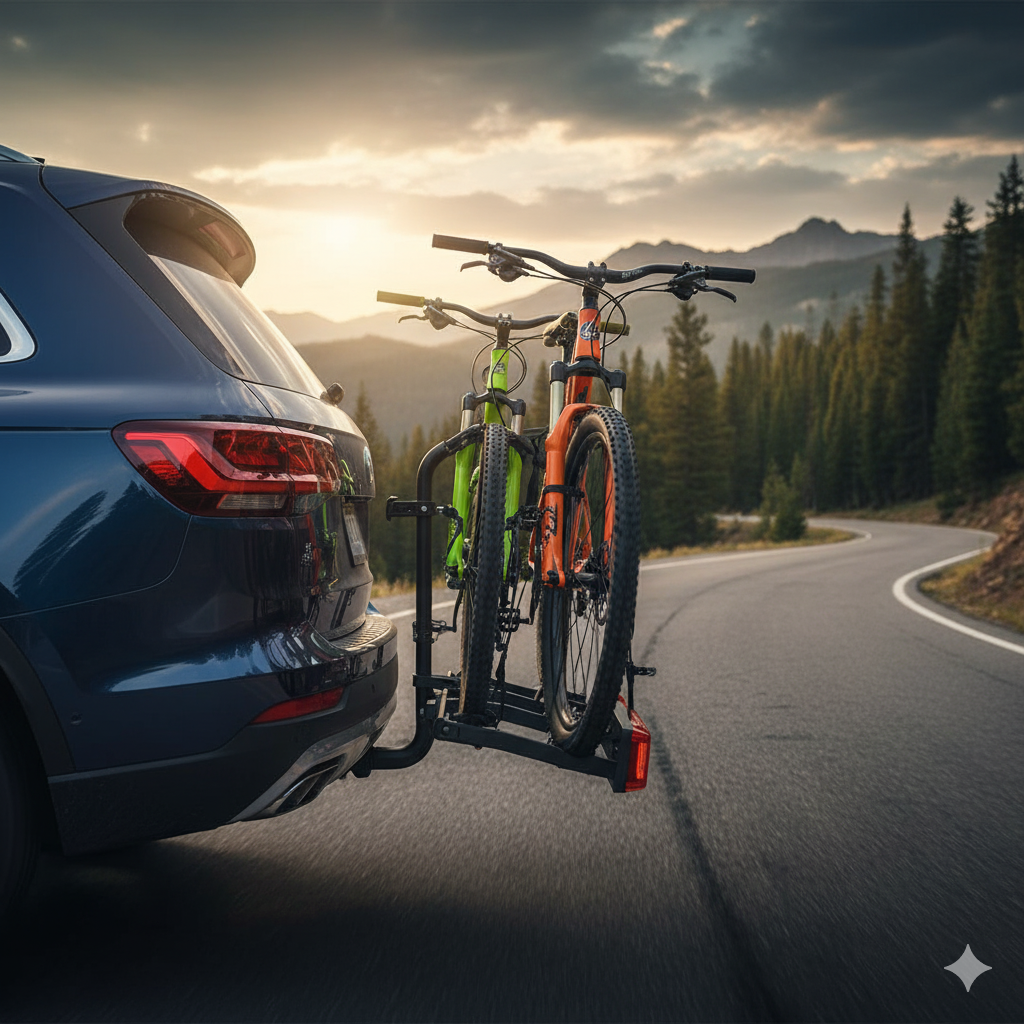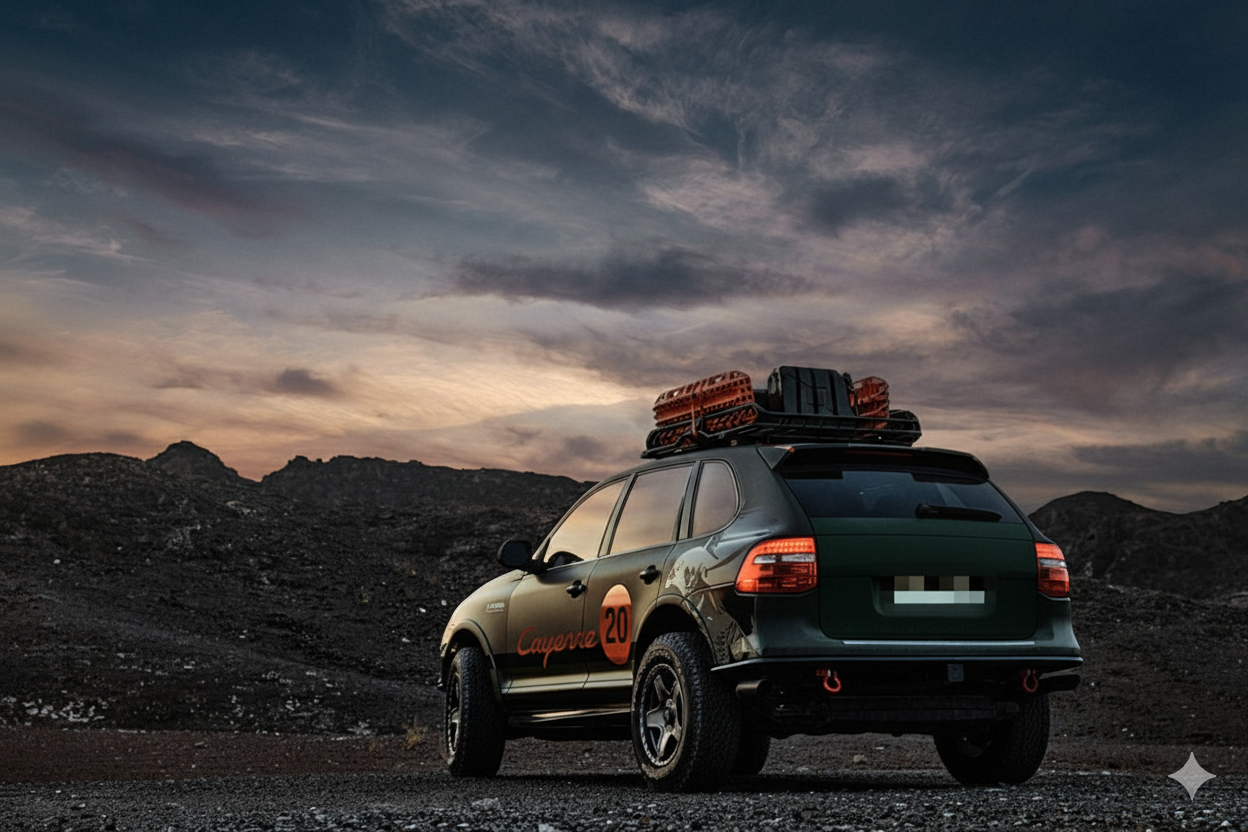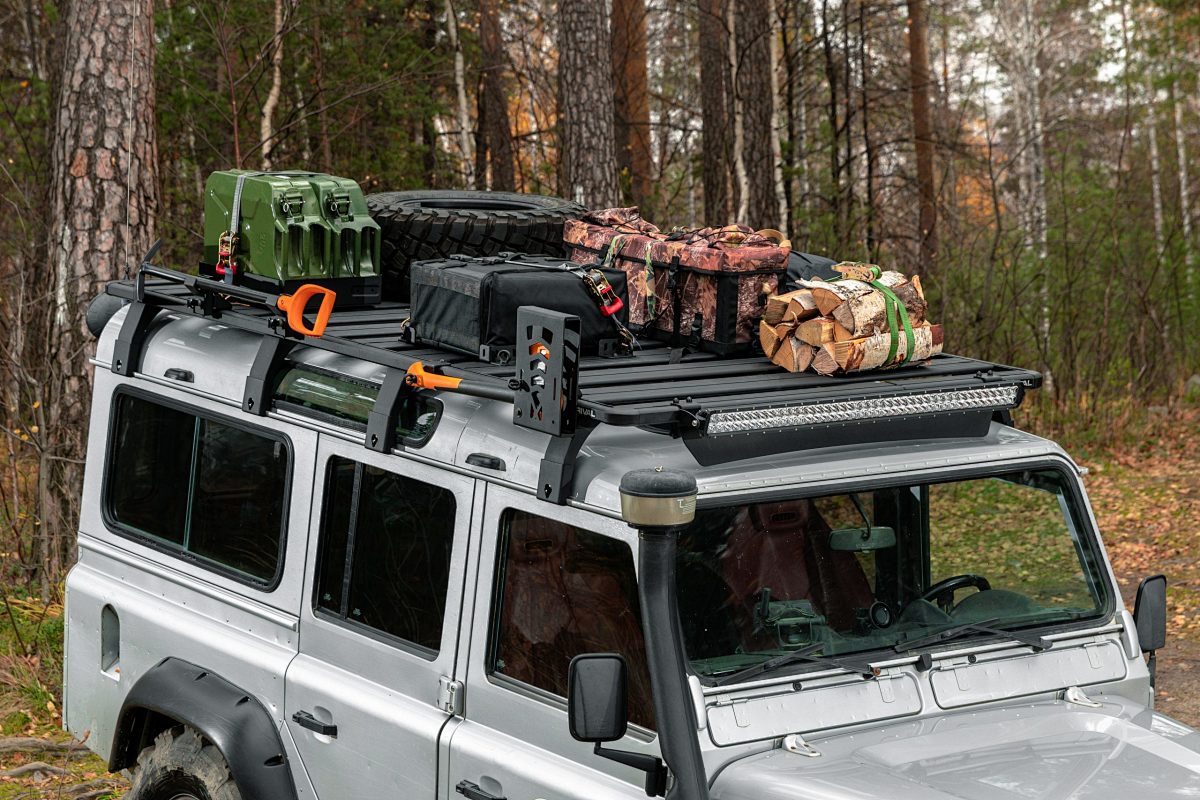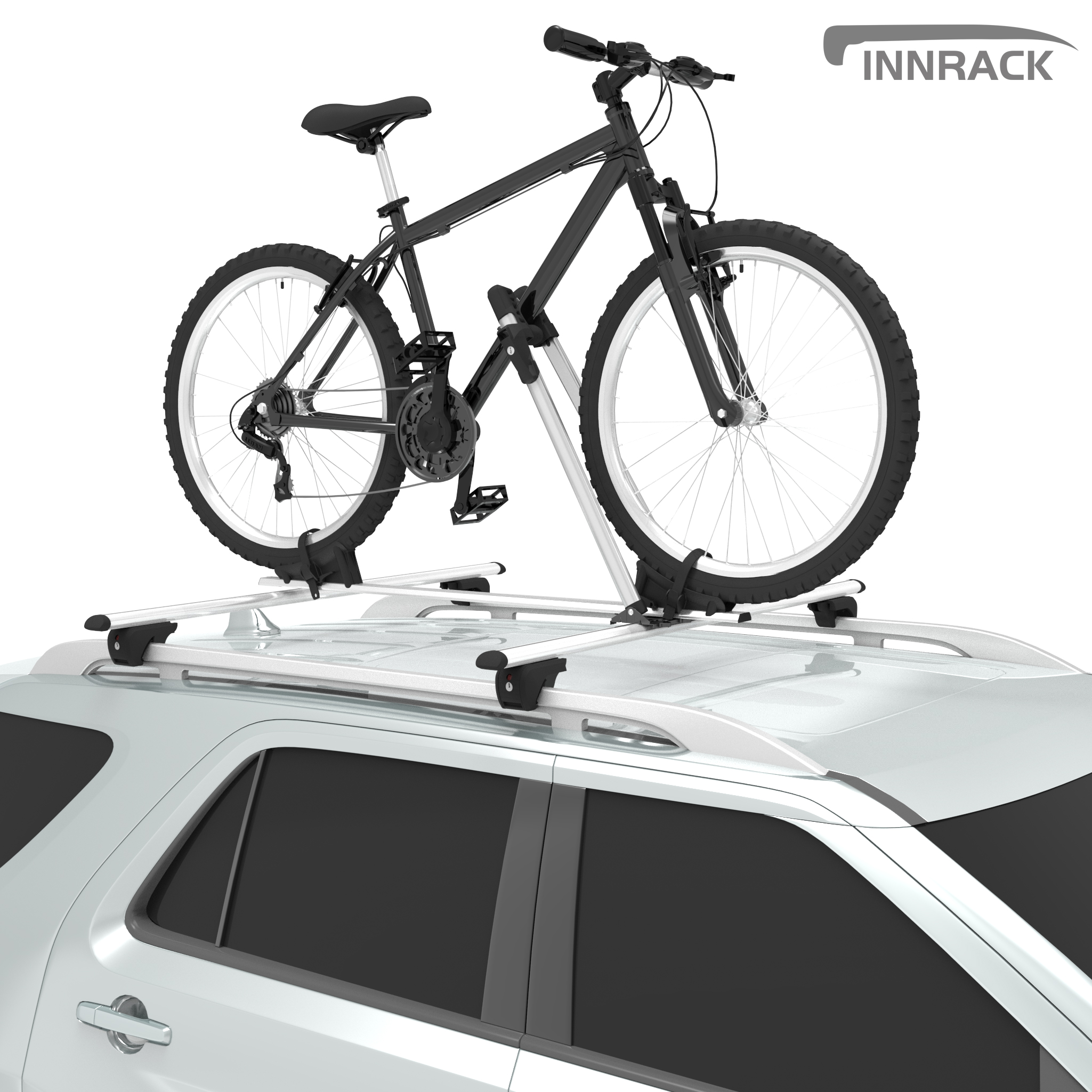
Bike Rack Wholesale Supplier: Structural Integrity and Design Logic Behind Reliable Racks
A reliable bike rack doesn’t start on the production line—it starts on the drawing board.
Every distributor knows that a visually appealing rack may still fail under load vibration, fatigue stress, or climate exposure.
This is why professional buyers look beyond catalogs, seeking wholesale suppliers who understand engineering logic, not just manufacturing scale.
INNRACK, a global bike rack wholesale supplier, approaches every design through mechanical reasoning—balancing strength, weight, and fitment geometry to create systems that are not only exportable but universally adaptable across regions.
The Core Engineering Logic: From Load Path to User Safety
When a rack carries 20–40 kg of dynamic load on a moving car, every weld, fastener, and clamp becomes part of a continuous load path.
Understanding this flow is what separates engineered racks from assembled ones.
Load Distribution Simplified:
-
Vertical Load: Transferred from the bike to the base arm → roof rails → vehicle chassis.
-
Lateral Load: Caused by cornering and wind drag; absorbed through joint geometry and clamps.
-
Torsional Load: Generated by braking; resisted by aluminum bar stiffness and base alignment.
A rack’s safety isn’t determined by its maximum static capacity but by how efficiently it dissipates energy during motion.
Material Science in Modern Rack Manufacturing
Material choice defines both the life span and reliability of the system.
Below is how traditional rack fabrication compares to INNRACK’s engineered approach:
| Property | Traditional Racks | INNRACK-Grade Racks | Impact |
|---|---|---|---|
| Material | Mild steel tubing | 6063-T6 anodized aluminum | 40% lighter, corrosion-proof |
| Joints | Spot welded | CNC TIG-welded, full penetration | 3× fatigue life |
| Coating | Single powder layer | Dual-layer powder + anodizing | Extended salt resistance |
| Mount Clamps | Generic steel bolts | Torque-calibrated zinc fasteners | Uniform grip, less slip |
| Surface Finish | Paint spray | Electrostatic coating | UV stability, better aesthetics |
Each upgrade reflects an engineering decision aimed at reducing failure points, not cosmetic enhancement.
Comparing Structural Designs: Fixed vs. Modular Systems
One critical choice in bike rack engineering is whether to build fixed-frame or modular systems.
Each structure offers advantages depending on the market’s needs.
| Design Type | Structure | Advantages | Limitations | Best Use Case |
|---|---|---|---|---|
| Fixed Frame | One-piece welded structure | Rigid and durable | Less adaptable | Single-model retail |
| Modular Frame | Interlocking bars and clamps | Replaceable parts, compact shipping | More complex assembly | Wholesalers, multi-market |
| Hybrid System | Welded core + modular arms | Balanced strength and flexibility | Slightly higher cost | OEM distributors, fleets |
Modular designs dominate wholesale channels because they simplify inventory logistics and reduce freight cost per unit without compromising rigidity.
Environmental Testing: Why Laboratory Results Aren’t Enough
Bike racks experience more than mechanical load—they face temperature cycles, UV radiation, and corrosion exposure over years of service.
That’s why advanced manufacturers simulate real-world stress.
INNRACK’s Testing Benchmarks Include:
-
Vibration Test: 10,000+ load cycles to simulate long-distance driving.
-
Salt Spray Test: 240 hours corrosion test for coastal markets.
-
UV Exposure: 5-year equivalent simulation for hot climates.
-
Torque Stability Test: Checks clamp retention under vibration.
Such validation ensures that racks exported to Europe, Australia, or North America maintain identical reliability, regardless of environment.
Choosing the Right Rack for Different Applications
Buyers often overlook how user behavior and vehicle type define engineering requirements.
Below is a simplified guide for distributors choosing racks for different markets.
| Application Scenario | Recommended Rack Type | Key Design Focus | Common Buyer Priority |
|---|---|---|---|
| Urban Commuters | Roof-mounted rack | Aerodynamics, light weight | Noise & fuel efficiency |
| Outdoor Fleet Operators | Hitch-mounted multi-bike | Load endurance | Capacity & installation speed |
| E-bike Distributors | Heavy-duty tow ball rack | Reinforced frame geometry | Weight tolerance |
| Compact Cars Market | Foldable modular rack | Space-saving & flexible fit | Storage efficiency |
| OEM Projects | Custom integration rack | Fitment precision | Aesthetic + structural match |
In wholesale planning, always validate dynamic load compatibility—a rack that performs well at 30 kg static may distort under continuous highway vibration.
Technical Insights for Distributors
Q1: How can wholesalers evaluate rack strength before mass order?
A: Request FEA (Finite Element Analysis) results or fatigue test data. A reliable manufacturer should provide numeric validation, not just photos.
Q2: What makes modular systems ideal for global markets?
A: Fewer SKU variations, lower inventory cost, and quick field replacement—all essential for distributors managing multiple regions.
Q3: Why are anodized aluminum alloys preferred over steel?
A: Aluminum resists corrosion, requires no repainting, and maintains mechanical integrity across temperature shifts.
Q4: What indicators define export-ready racks?
A: TÜV or CE compliance, batch traceability, anti-corrosion certification, and standardized mounting kits.
Q5: How does INNRACK ensure fitment accuracy across vehicle types?
A: Each mounting interface is CAD-validated against 200+ vehicle models, ensuring precise clamp geometry and roof curvature matching.
Building Confidence Through Engineering, Not Volume
Being a bike rack wholesale supplier means more than shipping metal frames—it means translating engineering discipline into scalable reliability.
INNRACK’s approach unites structural science, modular design, and testing transparency to create products that distributors can trust for the long term.
Because when a rack travels from factory to highway, every decision in its design travels with it.
To explore INNRACK’s full engineering lineup, visit our homepage or contact us.

